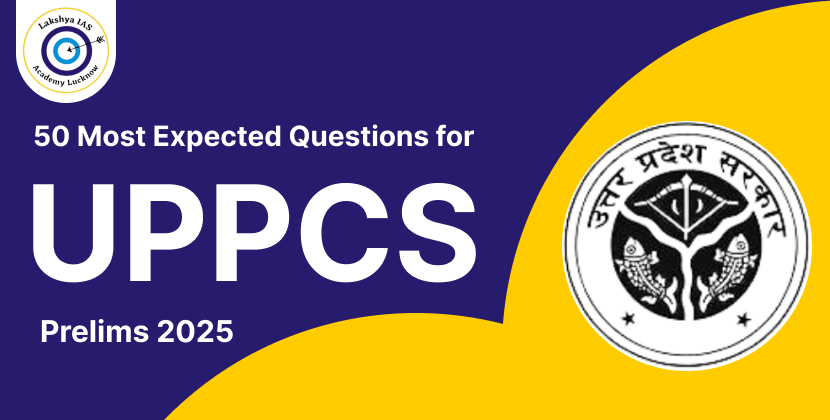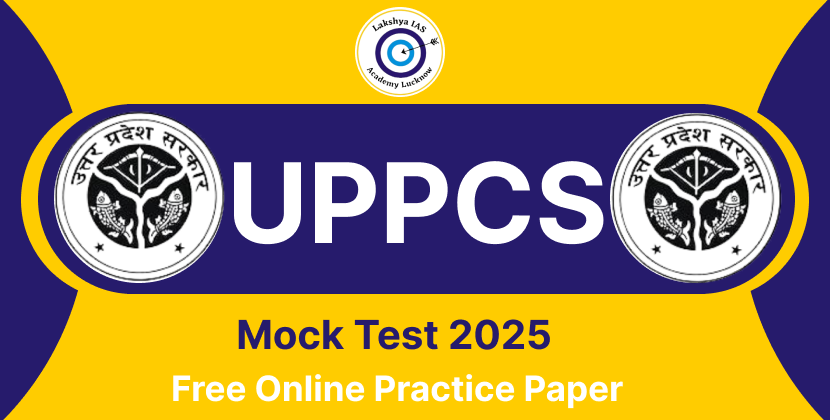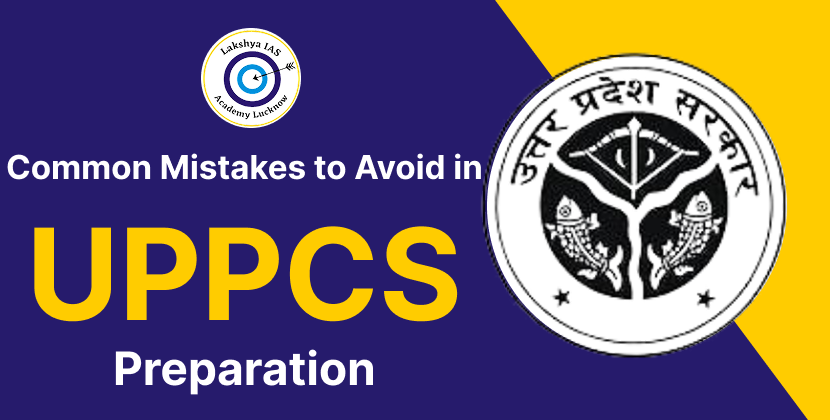How to Prepare Current Affairs for UP ARO/RO Exam 2025 – Complete Strategy
Current Affairs is one of the most dynamic and high-scoring areas of the UP ARO/RO Exam conducted by Uttar Pradesh Public Service Commission (UPPSC). Unlike static subjects (History, Polity, Geography, Hindi Grammar), Current Affairs keeps changing daily. If you master it smartly, you can secure a decisive edge over other aspirants.
This article provides a step-by-step guide on how to prepare Current Affairs for UP ARO/RO Exam 2025, including best sources, topic coverage, note-making, revision strategy, and common mistakes to avoid.
1. Importance of Current Affairs in UP ARO/RO Exam
Weightage: Around 25–30% of General Studies questions in ARO/RO come directly or indirectly from Current Affairs.
Integrated Nature: Many static topics are linked with current developments (e.g., new government schemes, amendments, awards, etc.).
Dynamic Syllabus: Questions may come from last 12–18 months before the exam.
Role in Descriptive Paper: Awareness of recent developments improves answer writing and makes your responses more updated.
2. What to Cover in Current Affairs? (Syllabus Mapping)
Aspirants should not study everything; rather, focus on exam-relevant areas.
(a) National Affairs
Union Budget, Economic Survey highlights
Major Bills, Acts, and Amendments
Supreme Court & High Court landmark judgments
Important government schemes and policies
National rankings & indices
(b) State-Specific Affairs (Uttar Pradesh)
UP Government schemes & initiatives
UP Budget & policy decisions
State appointments, awards, cultural events
UP-specific heritage, geography, and social issues
(c) International Affairs
International Summits (G20, BRICS, SCO, UNGA)
Bilateral and multilateral agreements with India
Major international disputes (e.g., Ukraine crisis, South China Sea)
India’s role in climate talks, peace missions
(d) Economy & Banking
RBI policies & monetary updates
Inflation, GDP growth rates
Government economic packages
Banking reforms & financial institutions
(e) Science & Technology
ISRO launches, space missions
New scientific discoveries
AI, Robotics, Biotechnology updates
Defense technology
(f) Environment & Ecology
Climate Change reports (IPCC, UNEP)
Indian government initiatives on environment
National Parks, Ramsar Sites, Wildlife updates
Natural disasters in India & world
(g) Awards & Sports
Padma Awards, Bharat Ratna
Nobel Prizes
Major sports tournaments (Olympics, Cricket World Cup, Asian Games)
Indian sports achievements
(h) Miscellaneous
Books & Authors
Important Appointments & Resignations
Obituaries of eminent personalities
3. Best Sources for Current Affairs Preparation
(a) Newspapers
The Hindu / Indian Express (for national & international coverage)
Dainik Jagran (राष्ट्रीय संस्करण) or Amar Ujala (for UP-specific news)
(b) Magazines & Monthly Compilations
Pratiyogita Darpan (especially for UP exams)
Drishti IAS Monthly Current Affairs (Hindi)
Vision IAS or Next IAS Current Affairs magazine
(c) Government Websites
PIB (Press Information Bureau)
PRS Legislative Research (for Bills & Acts)
RBI, SEBI, Ministry portals
(d) YouTube & Online Platforms
Daily Current Affairs by reputed UPSC/State PCS educators
Monthly compilations PDF
(e) Previous Year Papers
Analyze PYQs (2020–2024) to understand the trend of Current Affairs in UP ARO/RO.
4. Preparation Strategy – Step by Step
Step 1: Daily Reading (1–2 Hours)
Read 1 newspaper daily (English + Hindi).
Make short notes of important facts.
Mark UP-specific news separately.
Step 2: Monthly Compilation
Revise monthly magazines (Vision, Drishti, PD).
Highlight repetitive topics (schemes, awards).
Step 3: Note-Making Technique
Environment
Science & Tech
Economy
UP State Affairs
National Affairs
Maintain separate notebooks/folders for:
Use short bullet points, not long paragraphs.
Step 4: Integrate with Static Subjects
Link Polity with Bills/Acts.
Link Geography with Current disasters/maps.
Link Economy with Budget/Survey.
Step 5: Revision Cycle
Weekly revision of notes.
Monthly quick revision before moving to next magazine.
Last 3 months before exam → only revision, no new material.
5. Current Affairs for Descriptive Answer Writing
For UP ARO/RO Mains descriptive answers, use current examples. Example:
On “Digital Governance” → quote Digital India initiative.
On “Environment” → mention COP28 Climate Summit outcomes.
On “Women Empowerment” → mention recent schemes for women safety/education in UP.
This adds authenticity and depth to your answers.
6. Common Mistakes to Avoid
Reading too many sources → stick to 2-3 consistent ones.
Collecting material, not revising → revise more, read less.
Ignoring UP-specific Current Affairs.
Only mugging facts, not understanding background.
Not practicing MCQs → leads to silly mistakes in exam.
7. Practice Strategy
Solve Daily/Weekly Current Affairs Quizzes.
Revise last 12 months’ Current Affairs minimum.
For safety, cover 18 months before exam date.
Use flashcards for Awards, Indices, Appointments.
8. PYQ Analysis (2020–2024)
From last 5 years’ papers:
Schemes & Policies (15–20%)
UP State Affairs (20–25%)
International Summits (10–15%)
Science & Tech (10–12%)
Awards, Sports, Books (8–10%)
Miscellaneous (Appointments, Obituaries) (10%)
This clearly shows that UP + National + Schemes should be your top priority.
9. 6-Month Preparation Plan for Current Affairs (Example)
Month 1–3:
Daily newspaper reading
Note-making & PYQ mapping
Cover last 12 months Current Affairs
Month 4–5:
Solve mock tests
Revise 2–3 times
Practice MCQs from magazines
Month 6 (Before Exam):
Only revision
Focus on last 6 months Current Affairs
Highlight UP-specific updates

Lakshya IAS





.png)
.png)

.png)

Leave a Comment